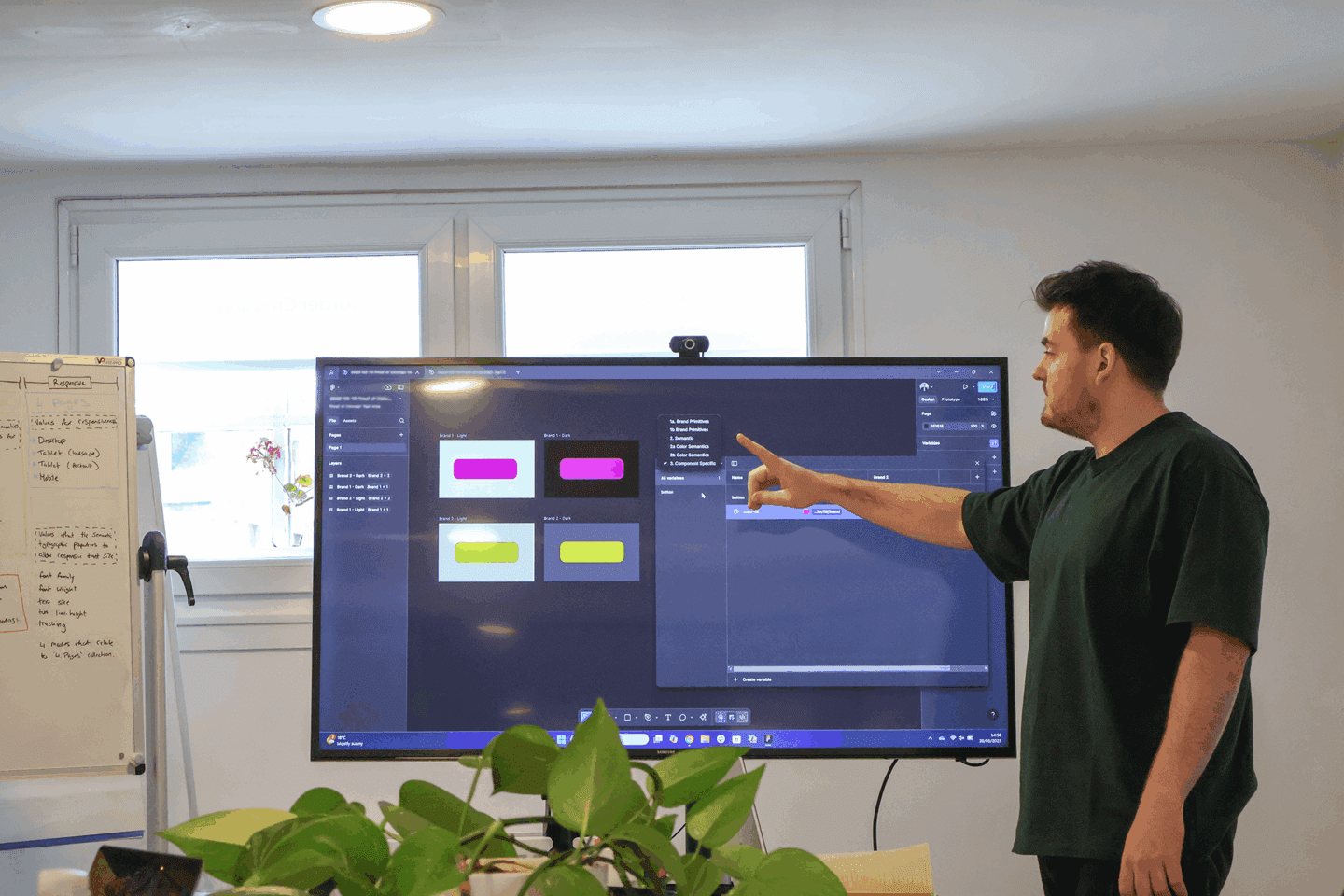Scientists are known for being measured, methodical and exacting in their approach. They follow a logical structure and systemise their research to obtain valid data and confident results. Following a path of enquiry has given us some of the most important discoveries of our time. We owe everything from insulin to x-rays to the scientific process that asks, “What happens if I do this?”.

The missing element in business experimentations
When developing a product or service, entrepreneurs, with similar ambitions to create a successful solution, typically adopt a ‘hit or miss’ experiment. Their inquiry asks not what happens, but “How do we make this happen?”. The hypothesis? Well, that often gets left at the way-side.
While your last science project might be a fading childhood memory, its formula provides an important lesson for improving user experience.
The process of framing an assumption as a hypothesis helps us to know instead of guess. It also helps us to improve our design process – forcing us to be honest about the users’ needs we are designing for, and making sure everyone involved knows just why we are designing it this way.
Structuring a hypothesis
A good hypothesis should be logical, based on prior knowledge and observations, testable and falsifiable and contain dependent and independent variables. Whilst complex hypotheses are not uncommon in science, in practice, it must be immediately clear what is at stake and ideally, explainable within 30 seconds. By instilling these parameters in the design stage, we can prevent conflicts in our experimentation and reduce the influence of prejudices on our decision-making. A hypothesis helps to focus and control the experimental design.
To illustrate how a hypothesis can help maintain objectivity let’s look at two templates
- We believe that (this ability) will lead to (this result). We will know that we have succeeded when (we see a measurable sign).
- I believe that (target group) will (execute this repeatable action/use this solution), which for (this reason) will lead to (an expected measurable result).
Now, let’s apply these templates to an example:
Problem statement:
Our team found that its website gets little site traffic from social media sources. Yet, we believe that many of our target site visitors are active on social media and blog sites.
Hypothesis:
Publishing a blog post and a related social media post will increase the number of targeted users who visit the site and try the features highlighted in this content. This expected change in user behaviour will be measured within the first two weeks after the content is published. The change will be measured in a) an increase in social media referral traffic to the link cited in the content and b) increased use of the features that are highlighted in the content.
UX researchers have developed many techniques over the years for testing and validating product hypotheses and particular design decisions. The methods range from well-known lab-based usability studies to guerrilla testing techniques.
Building a culture of experimentation in business
No matter the outcome, the act of approving or disproving a hypothesis is always a learning opportunity, no matter the outcome. By adopting a mindset of continuous experimentation, we can measure what matters and create actionable metrics that can help us define the next step in the pursuit of our goals.
Like any good experiment, timing and measurement are important, that’s why we emphasise the use of hypothesis testing to validate an idea at the initial stage of the design process. That way, every outcome is bound to the thread of user experience from paper and pencil ideas through to public-facing products.
In the words of Steve Jobs:
“Design is not just what it looks like and feels like. Design is how it works.”
Just like science, user experience design seeks to identify and ultimately solve problems. It’s a process that begins with empathy, adheres to the scientific method, is objective and can be taught.
Treat your design work like the objective science it is
Want to test and improve the user experience of your product? Contact us to discuss hypothesis-led design with one of our user experience specialists.
Photo credit: @alexkondratiev


